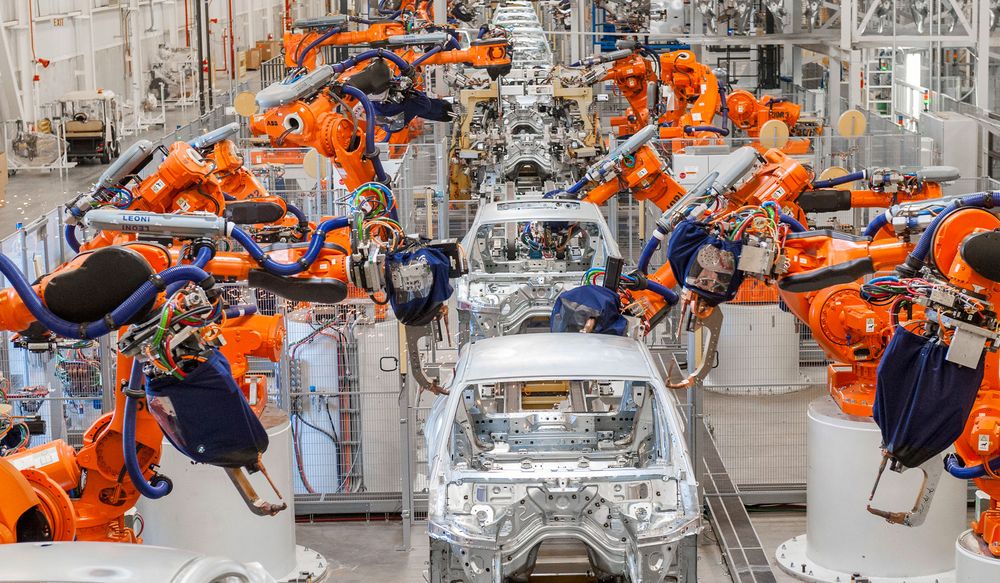
Mankind – 1, robots 0. In this account we can identify the decision of the management of Mercedes-Benz (division of Daimler AG) on how to operate Assembly lines to produce cars. The company decided to abandon automated conveyors and replace almost all the robots people, due to the fact that people cope with such problems more efficiently than “a soulless piece of iron”.
“Robots are unable to provide individual approach to the solution of an enormous number of tasks that faces us today. We will save money and protect our future by hiring more people,” said Markus Schafer, the production head of the company.
The refurbishment will begin with the largest plant in Sindelfingen, with the conveyor which went annually 400 000 brand new cars. The lineup of the company Mercedes-Benz recently so extended, that robot-builders are already unable to cope with the huge number of options.
“The variability is too great, the machine could cope with all this. Robots unable to work efficiently, taking into account ongoing changes, and to adhere to a certain rhythm of production.”
The company plans to start production of 30 new car models in the next four years. This means that the production process will undergo many changes. Of course, industrial conveyors get rid of the machines is not 100%. Some robots still decided to leave, but from now on they will work under the supervision of the people and to perform the most routine and straightforward job.
The progress Mercedes-Benz is very strange in light of the fact that in the period from 2013 to 2014 use robots in manufacturing increased by 43%. The leaders in this area could be South Korea, where per 100 000 employees accounted for 478 of robots, followed by Japan and Germany rounding out the Trinity. But the fastest in this direction is China, because, according to experts, already in the near future in this country will employ a third of robots all over the world.
